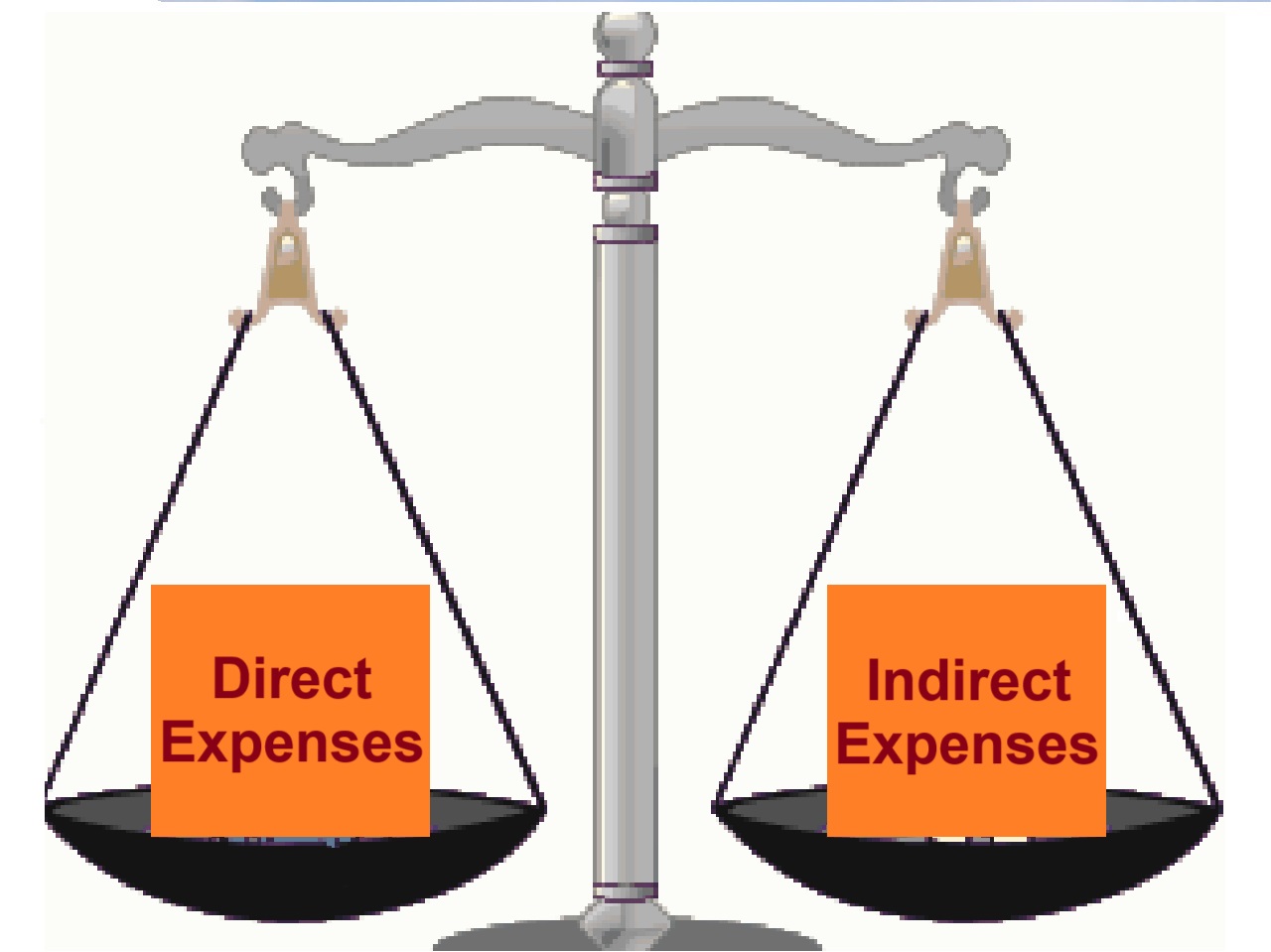Running a small business is a journey filled with financial intricacies, and understanding the nuts and bolts of expenses is paramount. Lately, I've been diving deep into the world of business expenditures, particularly the difference between indirect expenses and direct expenses. It's more than just accounting jargon; it's about knowing where every rupee is going and how it impacts the bottom line.
Your query is absolutely valid. Understanding this division is more than just accounting; it's a key to making informed financial decisions that can steer the course of a small business to success. When it comes to managing finances, it's important to distinguish between different types of expenses. Let's break down what these terms mean and how they differ.
Direct Expenses | Indirect Expenses |
| Direct expenses are costs that can be traced directly to a specific product, project, or department within a company. These expenses are incurred as a result of the production or creation of goods or services. | Indirect expenses, on the other hand, are costs that cannot be traced directly to a specific product or project. Instead, they are incurred to support the overall operation of a business. Indirect expenses are sometimes called overhead costs. |
Here are a few examples of direct expenses:
| Here are examples of indirect expenses:
|
Why Does It Matter?
Understanding the distinction between direct and indirect expenses is crucial for several reasons:
- Financial Analysis: It helps businesses accurately allocate costs to specific projects, products, or departments, which is essential for financial analysis and decision-making.
- Taxation: Different tax rules may apply to direct and indirect expenses. Knowing how to categorize expenses correctly can impact a company's tax liability.
- Cost Control: Identifying indirect expenses allows businesses to monitor and control overhead costs more effectively.
In summary, direct expenses are those linked to the creation of a product or service, while indirect expenses are associated with overall business operations. Clarity in categorizing these expenses is essential for financial management and planning.







